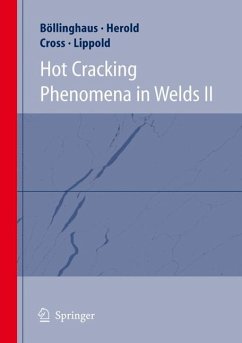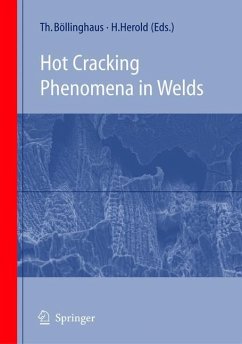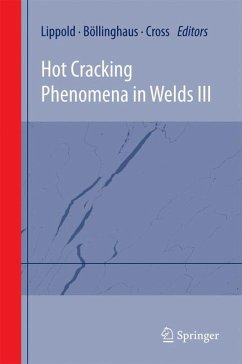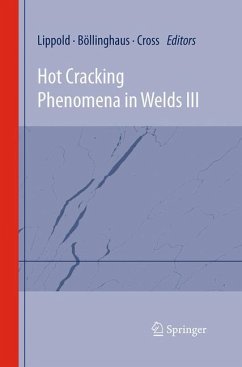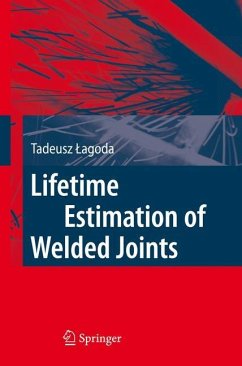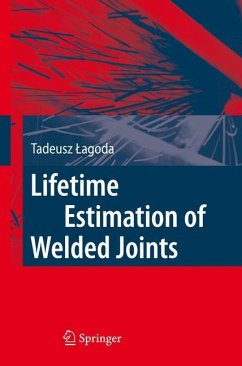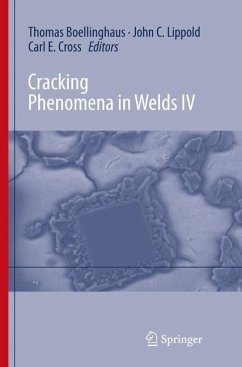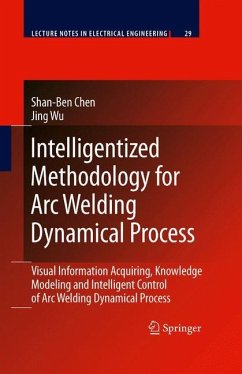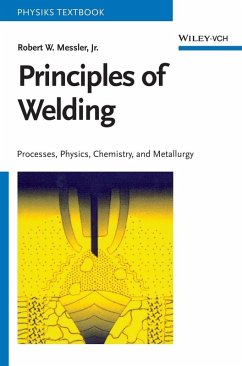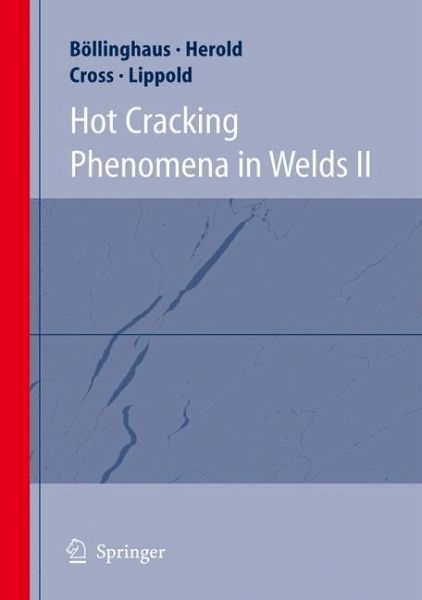
Hot Cracking Phenomena in Welds II

PAYBACK Punkte
57 °P sammeln!
This is the second in a series of compendiums devoted to weld hot cracking phenomena, where this subject has been further scrutinized, bringing to bare the most current thoughts on this complex and diverse subject. With 22 technical papers in total, this book is divided in such a way that specific classifications of hot cracks are examined in detail, including solidification, liquation, and ductility dip cracking. The first chapter looks at solidification cracking theory, applying the most modern approaches to modelling weld solidification. Also provided here is a comprehensive review of cracking models. This is followed by two chapters characterizing solidification cracking behaviour for specific alloy systems: ferrous plus nickel-based alloys and aluminium alloys, respectively. The fourth chapter considers liquation cracking in ferrous alloys, and the fifth examines ductility-dip cracking. For engineers and scientists involved in materials research and development, this book provides both new insight and a broad overview of hot cracking phenomena in welds. The contributions additionally give numerous individual solutions and helpful advice for welding engineers to avoid hot cracking in practice. Furthermore, this book can serve as a useful teaching aid for upper level metallurgical, welding and mechanical engineering students.
Failure of welded components can occur during service as well as during fabrication. Most common, analyses of the resistance of welded components against failure are targeted at crack avoidance. Such evaluations are increasingly carried out by modern weldability studies, i. e. considering interactions between the selected base and filler materials, structural design and welding process. Such weldability investigations are particularly targeted to prevent hot cracking, as one of the most common cracking phenomena occurring during weld fabrication. To provide an international information and discussion platform to combat hot cracking, an international workshop on Hot Cracking Phenomena in Welds has been created, based on an initiative of the Institute for Materials and Joining Technology at the Otto-von-Guericke University in Magdeburg and the Division V. 5 - Safety of Joined Components at the Federal Institute for Materials Research and Testing (BAM) in Berlin, Germany. The first workshop was organized in Berlin under the topics mechanisms and phenomena, metallurgy and materials, modelling and simulations as well as testing and standardization. It consisted of 20 individual contributions from eight countries, which were compiled in a book that found a very ready market, not only in the welding community. As a consequence of increasing interest, it has been decided to establish the Workshop on Hot Cracking Phenomena in Welds as a regular event every three years embedded in the International Institute of Welding (IIW). Attached to the IIW Commission IX and II Spring intermediate meetings, the second workshop was organized in March 2007.





